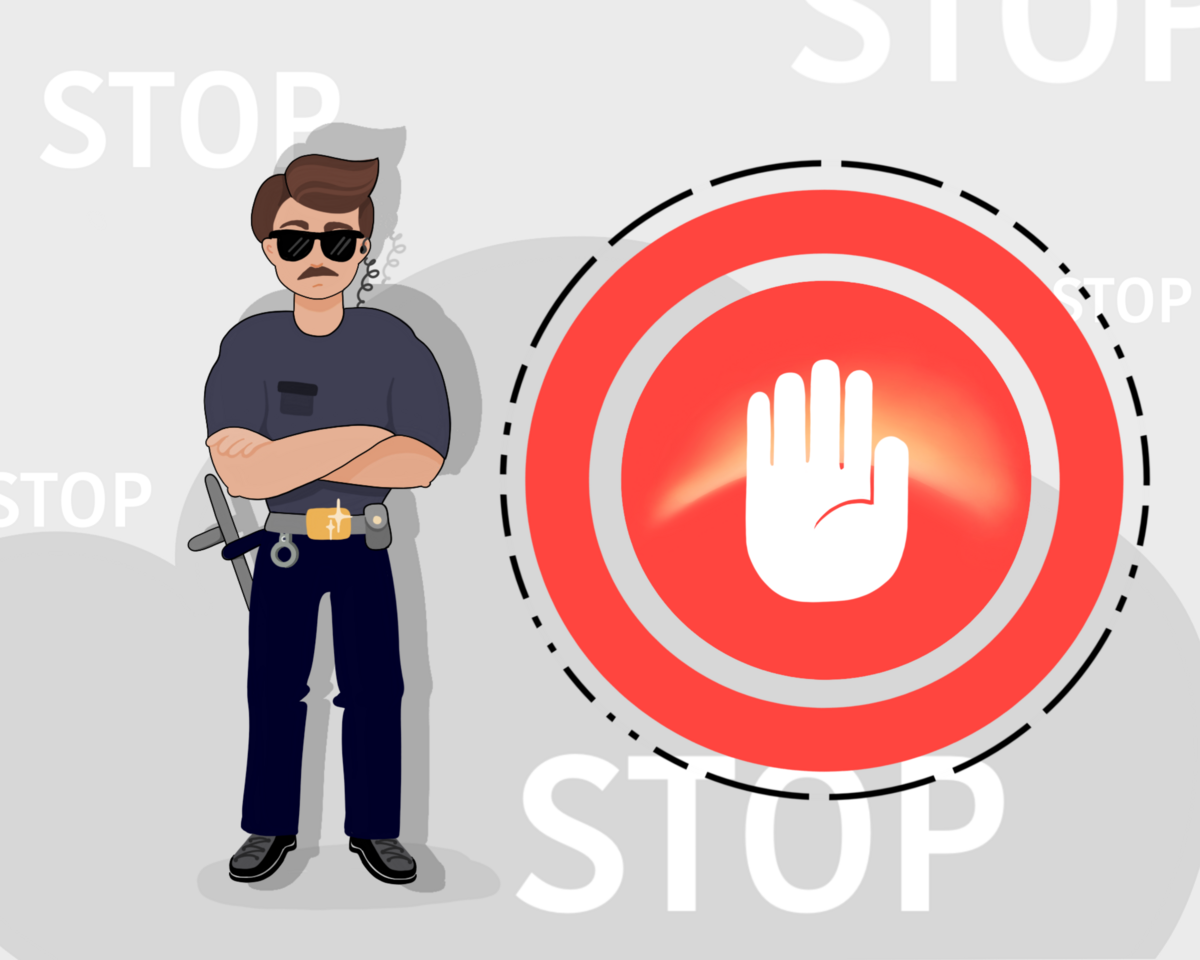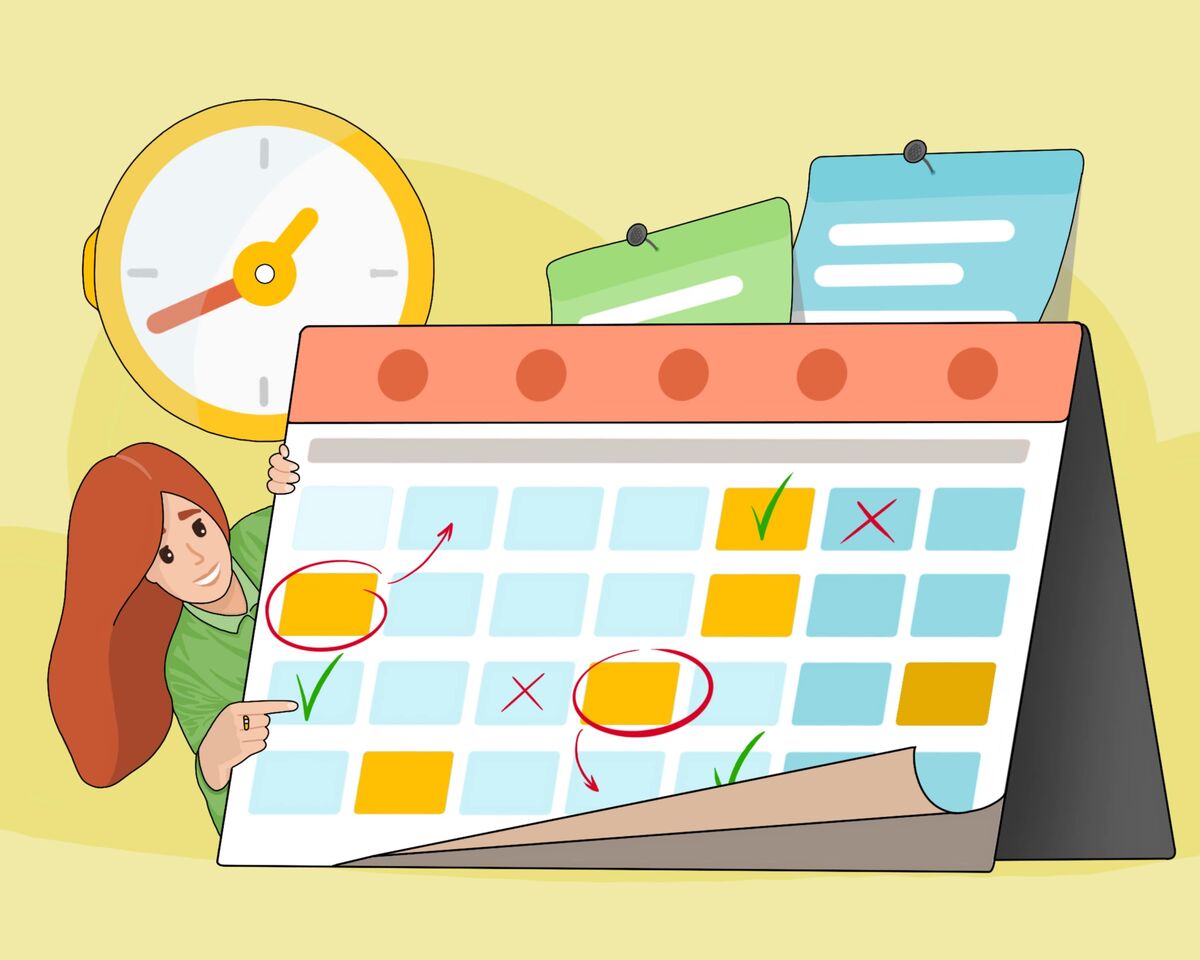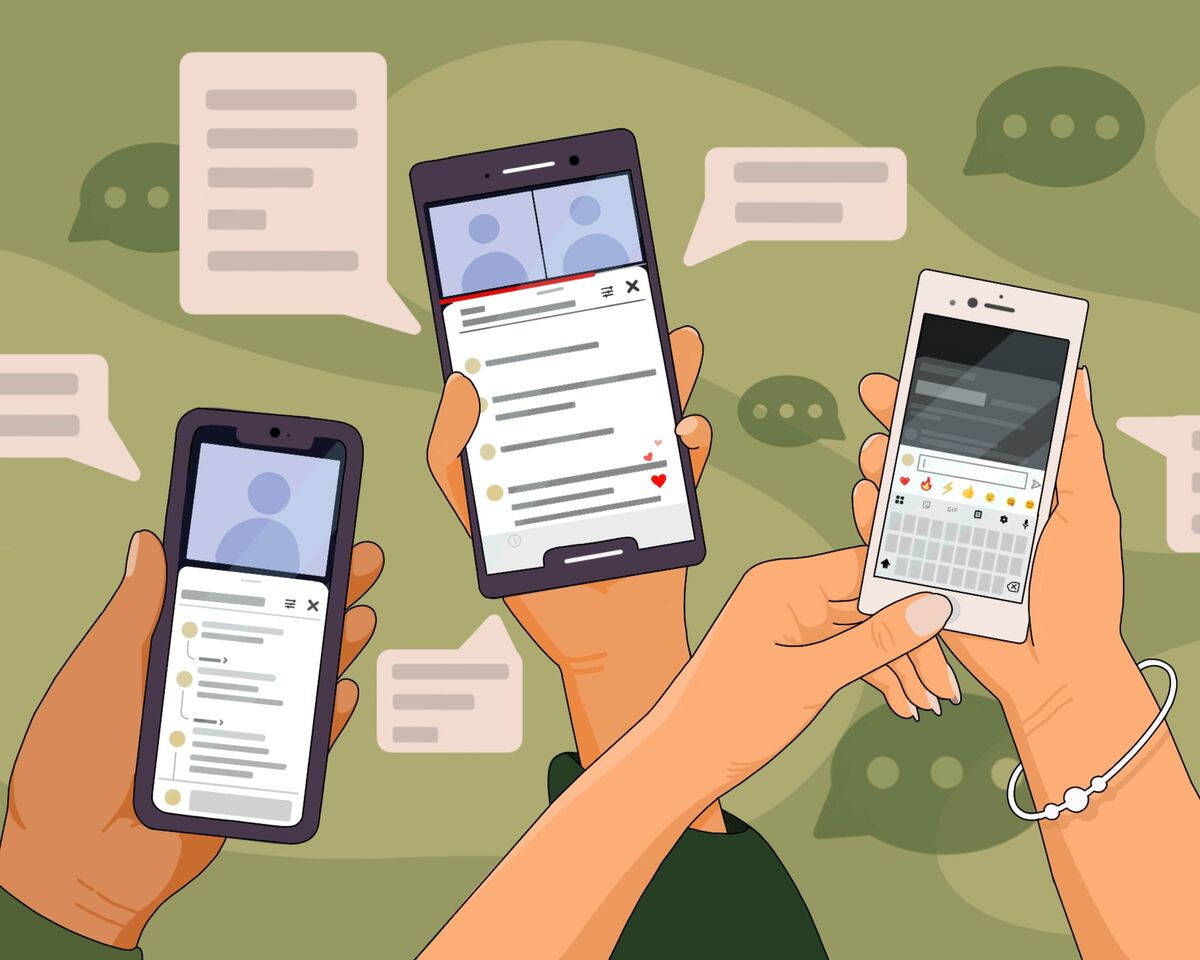What Kind of Content is Considered Dangerous on YouTube?
 In an era of concern for mental and physical health, on YouTube, like on any modern platform, more and more rules are being introduced to ensure the safety of content creators. To avoid running into blocks, let's explore what topics can shock people, evoke unpleasant emotions, and cause psychological harm.
In an era of concern for mental and physical health, on YouTube, like on any modern platform, more and more rules are being introduced to ensure the safety of content creators. To avoid running into blocks, let's explore what topics can shock people, evoke unpleasant emotions, and cause psychological harm.
Let's start with the fact that the YouTube platform is a vast structure with its codes and rules. It's normal not to know everything and make a mistake. The most important thing for you as creators is to delve deeply into the topics of strikes and blockings.
What are the general rules on YouTube and what we are going to study?
Community rules, copyright requirements, and terms of use are rules that every platform creator must follow, regardless of whether you are part of the Partner Program or have monetization on your videos.
Now, AdSense rules and content type restrictions for monetization are a separate guide specifically for creaotrs with monetization enabled. They aren't so much separate rules as they are an explanation with some additions. They are necessary for a more thorough review of videos that will display Google ads.
Studying them is very useful because these guidelines are mainly composed of real examples of what can and cannot be published on YouTube. But they are based on the platform's primary set of rules – the Community Guidelines. Just remember that nothing is more important than them. The Community Guidelines are the top priority.
In today's world, psychological and physical violence are equally dangerous to people's lives and well-being. And YouTube is well aware of this.
There is dangerous content that can genuinely harm the physical health and lives of users. For example, videos about consuming inedible objects or attempting mountain climbs without the necessary experience and equipment.
Then there are certain topics and ways of presenting information that make a person feel oppressed, vulnerable, offended, bullied, and downcast. There are many words to describe the psychological state of an individual. These feelings are familiar to each of us.
YouTube takes the topic of psychological health very seriously. How could it not, given that YouTube is a space where people of different nationalities, genders, ages, sexual orientations, and beliefs interact, and there are nearly three billion of them. Therefore, context is essential for any video, but especially significant when it comes to controversial or sensitive subjects.
This doesn't mean that some topics are completely prohibited. It means you need to pay close attention to how you present information and what message you are conveying.
You should understand what type of video your content falls under: educational, scientific, news, or documentary. Add additional information to the video or at the beginning of it to make it easier for viewers to understand what the video is about, or in its description. This also helps YouTube's specialists quickly understand your content. Let's look at an example.
Suppose an amateur journalist filmed a video that includes scenes of a protest being dispersed. YouTube would consider it acceptable if you provide a list of recommendations on how not to get hurt during these types of events at the beginning of the video. Controversial scenes would also not be considered a violation if the creator accompanies them with a voice-over narrative about the history of the protest without emotional coloring of what happened.
To ensure that you are presenting information correctly, remember a few basic rules:
- The goal of your video is to inform users about something, not to shock or provoke them.
- Add a voice-over commentary or on-screen text to explain the events in the video.
- Make sure that the context will be clear to all users, meaning the video's message will be obvious.
What topics does YouTube consider dangerous to people's psychological health?
- Insults and threats
- Discriminatory statements
- Defamation and impersonation
- Controversial topics that may offend or hurt someone
Rules regarding discriminatory speech
YouTube is a highly tolerant platform that strives to make the global information space safe for users worldwide. Achieving this goal is not easy, but YouTube makes an effort.
Now, let's talk about limits on what can be said. Discriminatory statements that incite violence and hostility towards individuals or groups of people are prohibited for any of these reasons:
These limits apply to the following characteristics:
- Age
- Caste
- Disability
- Ethnicity
- Gender identity and self-identification
- Nationality
- Race
- Immigration status
- Religion
- Sexual orientation
- Victim status or relative of a victim
- Veteran status.
Violation of the rules related to any of the above-mentioned points will result in either the removal of your video or a warning for violating the Community Guidelines. However, you can still post and monetize videos if you use certain terms correctly without intending to engage in bullying or abuse.
For example, it is permissible to express support for individuals protected from discrimination. This might include a news video discussing a category of people advocating against discrimination or educational content about issues like homophobia.
Artistic videos, such as music videos containing delicate words and symbols, are allowed as long as there's no intent to insult someone or promote hatred. Documentaries and educational content that includes racially offensive terms in an educational context are also permitted. For example, in a historical video, you might voice well-known nationalist slogans and phrases, but only for educational purposes.
In certain cases, monetization may be limited, meaning that ads from only certain brands will be shown. This typically applies to political discussions or debates. For instance, discussing the rights of transgender people in an educational context might involve the use of racial terms, but only for educational purposes.
However, if a video contains explicit insults and threats against an individual or group of people, monetization will be prohibited. You cannot praise or encourage such behavior in a video or emphasize prohibited content in any way.
Rules on controversial topics that may offend or offend a person
On YouTube, there isn't a separate section where controversial topics regarding discrimination are collected. There is only the section on discrimination, which we discussed earlier. However, there is additional information that can be found if you carefully read through other sections of the platform's rules.
Additional controversial topics that can offend or upset people include:
- Appearance: height, weight, eye color, hair length, ear shape - anything can become a reason for abuse and bullying.
- Presence of diseases that arouse controversial feelings in the public. These are usually illnesses that have been taboo in society for a long time, such as HIV, leprosy, as well as those that cause physical defects or unusual behavioral manners.
- Eating disorders and diseases. This could be anorexia, bulimia, and other disorders that significantly affect physical health.
- Scenes of suicide or self-harm.
- Differences in wealth, marital status, societal status, or the presence of psychological traumas (domestic violence, for example).
If your video contains unpleasant or shocking scenes, they should be edited out or concealed. You should also set an age restriction on the video so that children cannot view this type of content. Otherwise, monetization will be limited or prohibited. Make sure that mentioning controversial topics is done in an educational, scientific, or documentary context. If you mention such subjects, be sure that your words and actions are completely neutral, not offensive or threatening.
Threats and insults based on personal characteristics of an individual are prohibited. In other words, this content will be removed, and you will receive a warning about community rule violations. Threats and insults can be based on a person's appearance or behavior. Don't forget about the list of discrimination factors we discussed earlier.
YouTube only makes exceptions for certain cases. For example, if it's educational, documentary, scientific, or artistic content. But it's important that even in these materials, the focus is not on insults and threats.
These can be videos featuring public figures engaging in discussions on controversial topics. Insults in the context of an artistic performance, such as stand-up comedy or a musical performance. The main thing is that the primary purpose of the video should not be to offend someone, even if it's intended as humor.
Slander and impersonation
What is defamation on YouTube, and can it be offensive?
Yes, it can be very offensive. Defamation is not part of the Community Guidelines but falls under the legal policies of each country. Therefore, the concept of defamation can vary from one country to another.
According to YouTube, defamation is the spreading of false information that damages the reputation of an individual or organization. As a content creator, you cannot engage in defamation against a specific person or organization. Since this falls under legal policies and not community guidelines, you won't receive a warning. However, your video will be removed, and local legal provisions will be applied. This means that local courts will determine the appropriate punishment.
You can report defamation on the platform, but YouTube often requires a copy of a court order. In other words, you must first prove in court that you were defamed and then provide this document to YouTube.
Therefore, YouTube offers two options:
- You can reach out to the user who uploaded the controversial content and ask for removal of the offending material.
- You can also check if your complaint falls under privacy rules, such as an invasion of your personal life and disclosure of personal data. Because, for these rules, you can submit a request for removal.
You cannot impersonate another person. It's not just about pretending to be another channel, but also copying profile images, background images, or other elements. This rule applies even if channel designs are not 100% identical but the resemblance is clear.
You also cannot publish content in a way that makes viewers think it's done by someone else. For example, cases where channel names differ by just one character or personal names and data are used to upload content from another channel.
There are, of course, many similar channels, some of which are deliberate copies of others. As a creator, you can file an official request for the removal of a channel that you believe is a copy of your content, but only you as the copyright holder of the original content can do this.
So, many copycat channels continue to exist without issues because the original content creators have no concerns about them. However, these actions definitely violate the community rules, so don't take an example from those who haven't been caught yet.
How YouTube finds and punishes violators
After studying the rules themselves, it's important to note that they apply to all of YouTube's products and features, including videos, their descriptions, comments, live broadcasts, and external links.
When analyzing content, YouTube checks every video and all its elements for compliance with the platform's rules. Viewers also have the ability to control content.
For example, as a viewer, you can file an anonymous complaint if a video seems unacceptable to you. To do this, you need to click on the three dots under the video and select "Report," then specify the reason for the complaint.
What happens if YouTube releases inappropriate content?
Everything depends on the severity of the violation you commit. No one can tell you this in advance, so simply follow the rules.
If the platform believes that your video contains controversial elements but doesn't directly violate the rules, age restrictions may be set. In the case of permissible violations, limited monetization may be applied.
If YouTube deems that you have violated the community guidelines, your video will be removed, and you will receive a notification. This is a step before receiving a strike. Besides the removal of the video, no additional restrictions will be imposed on you.
However, in the event of a second violation, you will receive a community guidelines warning, which is a strike with all the ensuing consequences: for a week, you won't be able to upload new content, trailers, or playlists, conduct broadcasts, even scheduled ones, create premieres, add video badges, or create posts in the "Community" tab. After a week, your features will be restored, but the strike will remain on your channel for 90 days. If you receive a second strike during this period, you won't be able to publish content for an additional two weeks. If you are extremely unlucky and receive three strikes within 90 days, your channel will be permanently deleted with no chance of restoration.
The only exception is the rule regarding defamation. This is not within YouTube's jurisdiction but falls under the legal policies of each individual country. In the case of violations, the legal system will decide the outcome.
Yes, there are many rules, and it may seem like they'll never end. But the most important thing to remember is the context and the message you convey in your video. Your message should be clear, unambiguous, positive, or neutral.
Remember: as a content creator, you are responsible for your content and the message you convey. Don't make mistakes and always check the rules!




